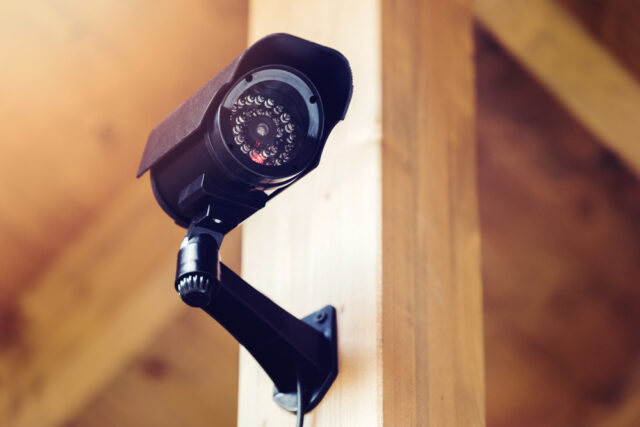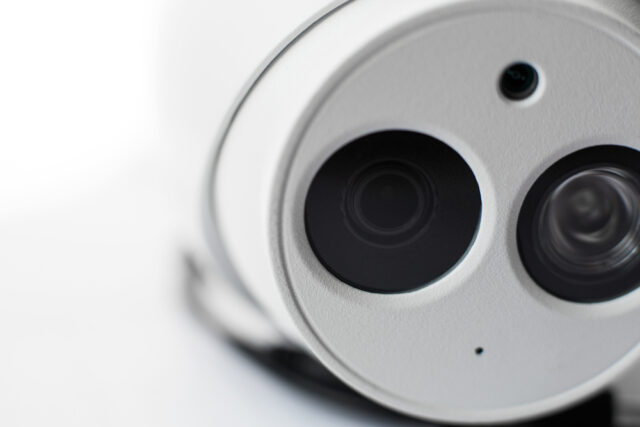
Choosing housing box for a video camera: 8 types + protection level
Choosing a housing box for a video camera: 8 types + protection level
It is not enough for video surveillance to last a long time and with high quality to purchase a camera. It is also necessary to choose a suitable camcorder housing based on the required level of protection of the device from external influences. In this article, we will raise the issue of the importance of camera housings and show you how to choose them.
The importance of choosing a camcorder body
Negative factors impact CCTV cameras every day. This could be:
- precipitation and moisture;
- dust;
- fire and explosions;
- aggressive ambient temperatures (for example, regions of the Far North);
- actions of vandals.
The type of housing must be selected depending on the installation location. The body of an outdoor video camera should be stronger than for a home camera. But we must not forget about the second observation system.
Bullet housings are used for outdoor cameras and domes for home cameras.
8 types of cameras
| Case type | Characteristics |
| Box camera | Classic version without lens, bracket, and shroud. Rarely used today |
| Cylinder | This is an outdoor camera that includes: objects, a camera, thermal housing, and a bracket. Today this type is most commonly used for outdoor surveillance. |
| Dome camera | Suitable for home use only. If the camera is installed outdoors, the device will suffer from moisture and light. There is a built-in lens. |
| “Eyeball” | Budget sub-version of the dome camera. The main advantage is easy installation. |
| Flat dome | A sub-version of the dome camera, it is small and shock-resistant. Most often used in transport and small rooms. |
| High-speed PTZ | Subvariant of the dome device in the classic high-speed version. Rotary camera. Most often used in situational observation in combination with analytics. |
| Cube camera | A device with built-in housing, bracket, lens, speaker, microphone, and motion sensor. Often mounted at points of sale where high-quality and detailed shooting is required. |
| Modular camera | It is used for covert shooting and banned in Russia. More details are here. |
Additional criteria and levels of protection
Of course, the case is important, but devices can last much less than they could without additional protection. This applies to both outdoor and home surveillance cameras with recording.
From dust and moisture
Small dust particles can enter the case and interfere with the operation of the electronics. The same applies to moisture. If your cameras are installed on the street next to the road, the degree of protection should be at least IP65.
From explosion and fire
If the camera is mounted at industrial or other facilities where there is a risk of explosion, video surveillance must be protected by marking 1Ex d IIC T5 / T6 Gb.
Read all about explosion-proof video cameras here.
From the aggression of the atmosphere
Video monitoring may be required in any climatic zone. For example, in the regions of the Far North, the device will have to be additionally insulated and protected from moisture penetration. For this, thermal housings are used. And how to choose them, read in our article: “How to choose a therm housing? 5 expert tips ”.
Conclusion
If the chosen place for mounting cameras is negatively affected on a daily basis, you need to consider the issue of protecting the devices even before installation. Choose equipment according to technical capabilities and then the system will serve you longer.














